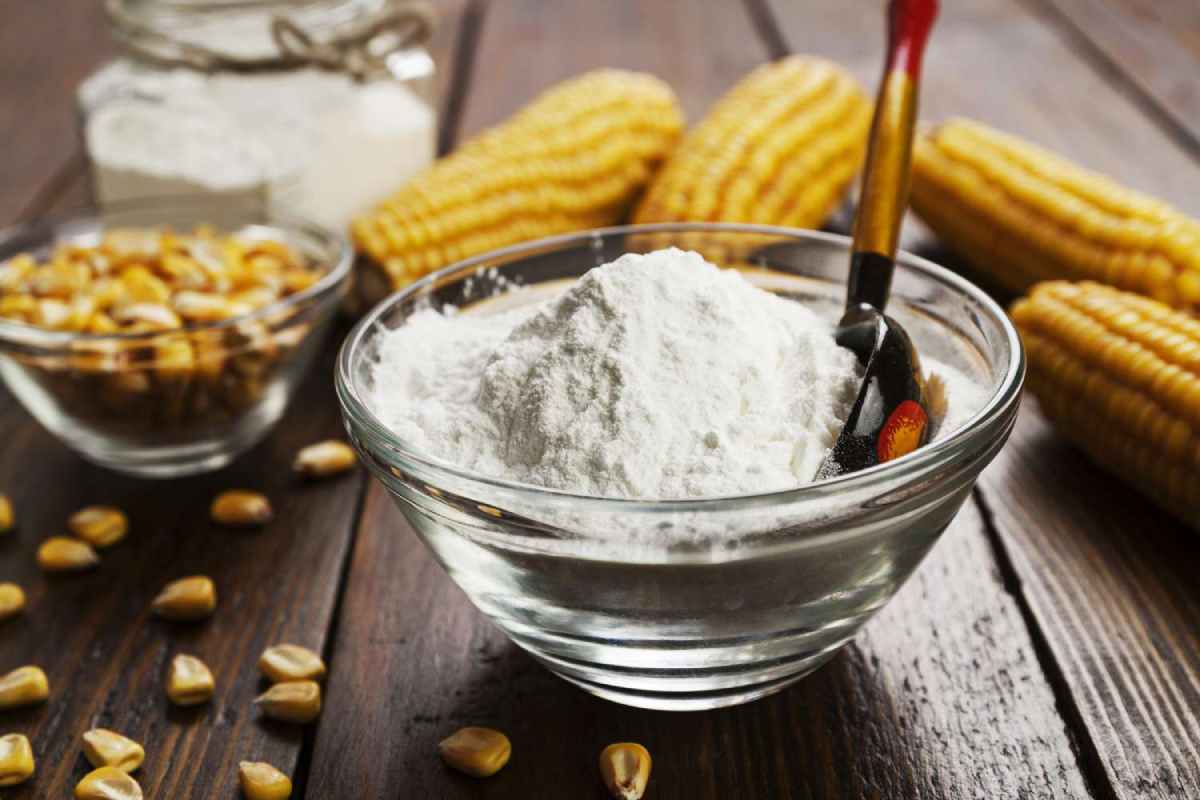Starch – Definition, Benefits, Functions, and More is a substance many foods contain, although it closely links to cereals and tubers. This element is a plant polysaccharide, the only one that humans can digest. In addition, it is composed mainly of glucose particles, making it a source of energy that our body can assimilate very quickly.
Benefits of Starch
Starch – Definition, Benefits, Functions, and More, Quite a lot of studies it mentioned that resistant Starch has health benefits. In particular, its attributes utilizing solvable fiber are what give it properties. Likewise, it causes confident effects due to its ability to produce short-chain fatty acids and form sticky solutions in the intestinal lumen. We will tell you more details.
Underwrites to a Healthy gut Microbiot
The fermentation that bacteria produce from starch values in the following:
1.Gases, such as methane and carbon dioxide.
2.Fatty acids, such as acetic and butyric.
3.Organic acids.
4.Alcohols.
These products stand what provide a fortunate insurgency in the abdominal microbiota. Butyrate, in particular, is the one that wrinkles the most suggestion in health since it uses as an energy source by the colonocytes (colon cells). In addition, it improves the honesty of the intestinal wall and acts as a protector against genetic material damage.
Helps Inspire Satiety
Starch – Definition, Benefits, Functions, and More, Scientific data show that, after intense 8 grams of this type of Starch during breakfast, a decrease in intake generates a reduction in energy consumption up to 3 hours after this meal.
One of the possible technologies involved in this answer is the slowing of gastric emptying speed, which conserves blood sugar levels stable for longer.
Supports Weight and Body Composition
It’s not that Starch has a direct effect on body weight. Still, it is talented at forming thick solutions in the intestine that help improve body composition. In addition, the produced fatty acids promote lipid oxidation in the liver and muscles, which affects weight.
Woman on Scales
Starch alone cannot help you lose weight. However, contrary to what many think, consuming it moderately as part of a healthy diet can help improve body composition.
Regulates Sugar and Fat Absorption
In a way, Starch can contribute to the control of glucose metabolism. To be more exact, the developed the amylose content is, the better the glycemic response. Regarding this issue, its involvement must exceed that of amylopectin for this action to occur.
In addition, it is an adjuvant to condense plasma fatty acid stages due to its satisfaction with acetate besides propionate. It also has a chelating effect proceeding bile salts, which reduces their intestinal reabsorption and encourages fetal elimination. As a value, the liver forces to use endogenous cholesterol to food them again.
Functions of Starch
It keeps the Heart Beating
Starch – Definition, Benefits, Functions, and More, The energy that the Starch allocates in the body keeps the heartbeat at a reasonable rate.
Brain Function
Starch maintains brain functions in perfect condition. It is because the cells in the brain involve double energy, which is why Starch is essential for the functioning of that area of the body.
Energy to Cells
Starch provides energy to the cells of the body. Glucose is the only sugar that cells can use, and it is an essential component of starches. In the small intestine, they are transformed into simple sugars and reach the cells through the blood by insulin.
Metabolizes acids and Proteins
It makes fatty acids and proteins perform their function by providing the body’s energy to metabolize and transform them. like kannada movies torrent
Starch Industry
It is used as
1.a clouding agent
2.Developing agent,
3.adhesive
4.non-stick,
5.Binder
6. film former
7. Stabilizing foams, and
8.preserving bread and binder.
Contains Amylose
Amylose is a starch molecule formed by linked glucose rings, creating other long molecules with different branches.
Contains Amylopectin
Amylopectin is a starch molecule with other branches formed by glucose rings found in elongated molecules with various short and side components.
Starch in Animals
What is correspondent to Starch in animals is a substance that serves as an energy reserve, called glycogen. Glycogen is a carbohydrate made up of a large chain of different glucose molecules stored in the liver and muscles.
Hence, Glycogen forms glucose in the plasma and ends in a reaction called glycogenesis.
Polysaccharide Starch
It is a combination obtaines when some glucose molecules that form long chains are united and established in small quantities.
Starch and Cellulose
Starch is a substance that is very similar to cellulose, which is also another polysaccharide produced by different plants. It is used as food for animals and usually molders very quickly due to enzymes found in the stomach.
Cellulose is a part of the tissue that supports plants and is not so easy to digest.
How can we Use Starch in the kitchen?
Being very present in the seeds, the sprinkles we prepare many of our foods are rich in Starch. Its primary use in cooking is associated with soups and sauces due to its thickening power. However, this quality also style it a product widely used in confectionery and even in many batters.
Conclusion
At last, Starch has many uses. Your body digests Starch to make glucose, which is a vital energy source for every cell. Food companies use Starch to then processed foods and make sweeteners.
Have you ever seen someone with such considerable energy you wish you could bottle it for yourself? Plants have their way of ‘bottling’ energy. They do this by storing energy as Starch.
But what exactly is Starch?
Starch is a long chain of sugar particles linked together like a chain . A single sugar molecule is a monosaccharide. And many sugar molecules linked together is a polysaccharide. Starch, therefore, is a polysaccharide.

